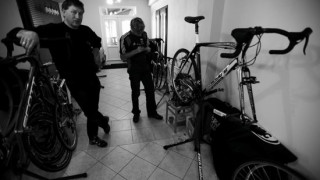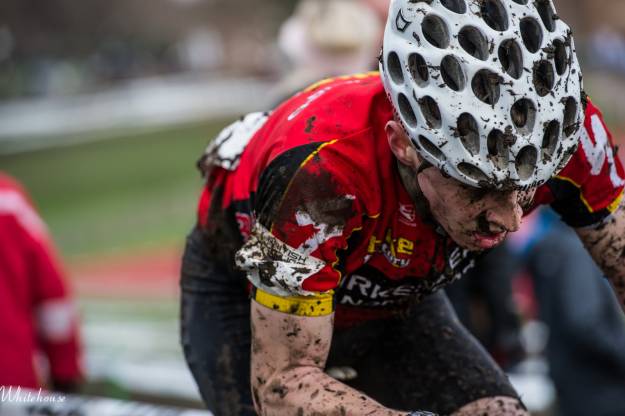![]() Follow britishcycling.org.uk on
Follow britishcycling.org.uk on ![]()
![]()
![]()
![]()
UCI Cyclocross World Championships 2010
Late Night Tubbing
Return To Worlds Home
"There are bike mechanics, and there are bike mechanics."
Standing, hand on hip, with a fettling Stu Bowers directly in range, there's a split-second to appreciate this compliment from Peter Hargroves - a man with little time to offer praise for praises sake and who soon reverts to his default setting; dispensing pearls of wisdom through a half-empty glass.
Prising a compliment from the toughest man to please in the bike trade is nothing short of miraculous and for that reason alone Stu Bowers deserves to be in Tabor, working as team mechanic. But fixing broken bikes and gluing piles of tubs into the small hours is a life of solitude and good coffee. We interrupted this schedule to get his insider tips on setting a bike up to World Championship standards. We'll let Stu take it from here.
"When working on bikes all mechanics have their own set routines for doing stuff, all slightly different. I'll talk you through a few things I do, why I do them and why I think they work.
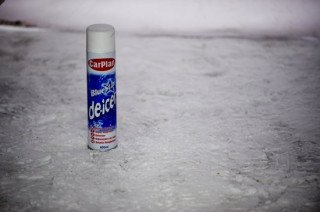
"In these freezing conditions we'll use antifreeze to stop ice getting in places. If things turn extreme it's normal to use it on chains, cleats and in conjunction with WD40 on the downtube, back of the seatube/seatpost, under the BB, fork crown and saddle. This is relatively simple, but the biggest discussion point is always tub setup and how to get them to stay on the wheels when fighting the losing battle against freezing conditions.
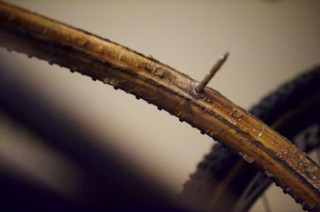
"When it comes to the cold there are two reasons why tubs are so problematic; glue and water. Glue goes hard in the cold - that's the big problem with rolling tubs. It's amazing how quickly that can happen as well - using my home as an example - if I leave a tub with glue and basetape in my shed overnight then that glue will be rock hard and as a result very brittle. If I bring that tub indoors and near to a radiator, within 20 minutes the glue is soft again and the difference is immense.

"Translate that to the real world and in this snow the wheel is getting very cold, making the glue cold and brittle. And if it has any chance of falling off it will and at 17psi only the glue is holding the tyre to the wheel. For that reason alone this weekend we have done a lot of re-gluing - showing that change between warm and cold air is critical.
"The other problem is that anywhere water can get in, it will. If you have a gap in your tub then that water will get underneath, freeze and expand, taking the tub off the rim. It is a classic with jetwashers. Aquasure helps prevent that though and has the added benefit of adding some stiffness to the Dugast tyres.
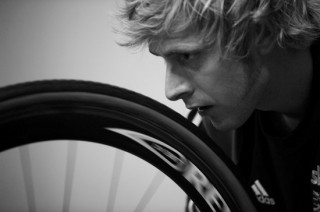
"When it comes to taking precautions against tub failures this weekend, it's all in taking your time to get the initial setup right first time and realising the quirks of the various wheels on the market. If you do this research you'll be gluing once only.
"First thing to recognise is that most road wheels are designed for 23mm tyres so you can have a situation whereby the tub is sticking to the edges of the rim only. You can tell if this is happening when you take your tub off as there will be two distinct lines either side if the gluing surface. The best fix is to simply build up the rim with Velox rim tape. Ksyriums and 34 tubs are a classic combination for that.
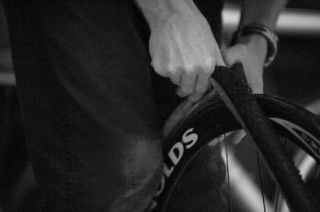
"When it comes to carbon rims, most are notoriously bad for adhering first time. Lightweights have to be sanded down - quite bad to think about how much that pile of carbon dust laying on the floor costs! But having that rough surface is vital because that is what makes it stick. You'll also find new carbon rims reach their optimum adhesion after several tubs have been glued. This is down to some of the residue remaining with each tyre-mount and a resulting rougher surface which will ultimately give better friction between tub and rim.
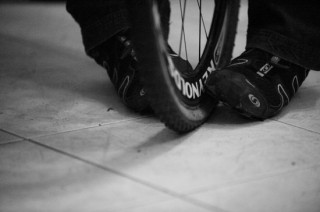
"Finally, when applying and inflating the tyre I like to roll the wheel up and down a broomhandle or trackpump (I do that because it conforms the tyre to the shape of the rim), and have the glue spike up on the rim. And when inflating tubs I don't believe in using a high pressure to help hold them to the tyre. I think doing that actually pulls the tub out of the cavity. I'd stick it at 50psi."
And with that, another two tubs were glued, fitted and inflated. Thanks Stu.


